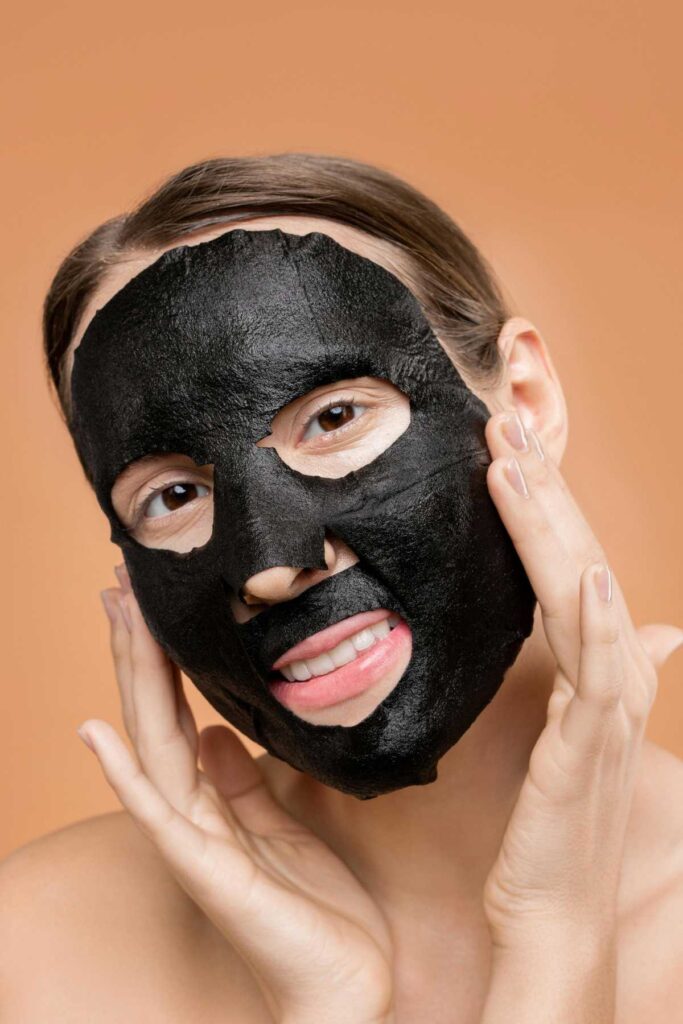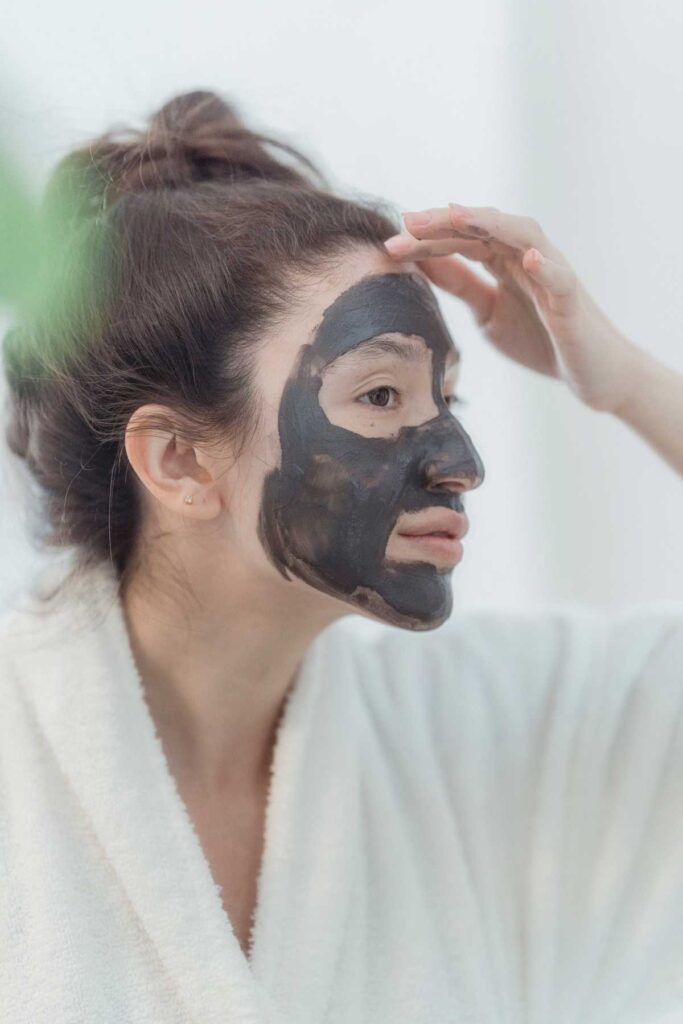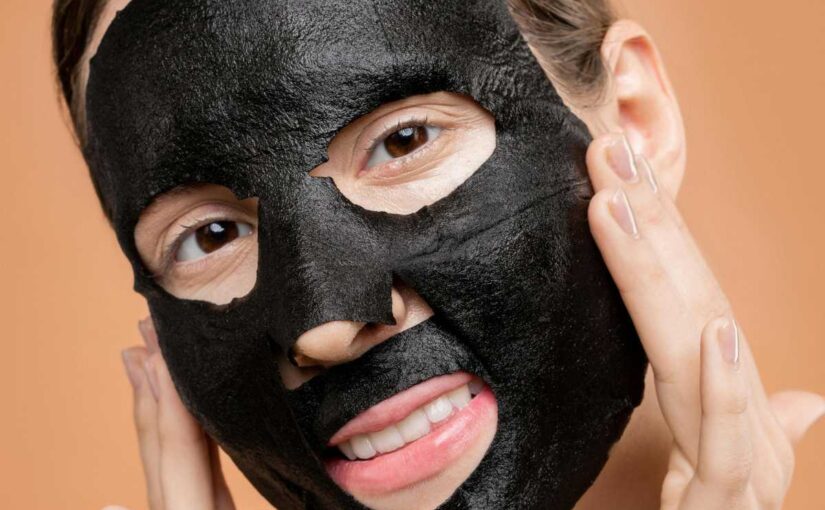In recent years, skin gritting has emerged as a popular skincare technique, garnering attention from beauty enthusiasts and experts alike. This method, which involves a gentle exfoliation process, promises to reveal smoother, healthier skin. If you’re curious about skin gritting, this blog will explore what it is, its benefits, precautions, and how to incorporate it into your skincare routine.
What Is Skin Gritting?
Skin gritting is a method of exfoliation that involves using a combination of physical and chemical exfoliants to slough off dead skin cells, unclog pores, and improve the overall texture of the skin. The process typically involves the application of a gritty substance, such as a scrub or a product containing exfoliating agents, followed by gentle massaging and rinsing.
Key Features:
- Physical Exfoliation: Involves scrubs or gritty textures that physically remove dead skin cells.
- Chemical Exfoliation: Incorporates acids or enzymes that dissolve dead skin cells and promote cell turnover.
- Technique: Usually involves massaging the product onto damp skin in circular motions for a few minutes before rinsing off.
Benefits of Skin Gritting
- Improved Skin Texture
Skin gritting effectively removes dead skin cells, leading to smoother skin. Regular exfoliation can minimize the appearance of rough patches, resulting in a more refined and polished complexion. - Unclogged Pores
By exfoliating the skin, skin gritting helps to unclog pores that can lead to acne and blackheads. This can result in a clearer complexion and reduced breakouts. - Enhanced Absorption of Products
Exfoliating the skin allows serums, moisturizers, and other skincare products to penetrate more effectively. This can enhance their effectiveness, leading to better overall skin health. - Even Skin Tone
Regular exfoliation can help fade dark spots and hyperpigmentation, leading to a more even skin tone. It promotes cell turnover, allowing fresh, new skin to emerge. - Radiant Glow
Exfoliating with skin gritting can reveal brighter skin by removing dull, dead cells. This can result in a radiant and youthful appearance.

Precautions to Consider
- Frequency of Use
While exfoliation is beneficial, over-exfoliating can lead to skin irritation, redness, and sensitivity. It’s generally recommended to grit your skin no more than 2-3 times a week, depending on your skin type. - Skin Type Considerations
Those with sensitive or reactive skin should approach skin gritting with caution. Consider using gentler exfoliating products or consult a dermatologist before incorporating this technique. - Choose the Right Products
Selecting the right exfoliating products is crucial. Avoid scrubs with large, harsh particles that can cause micro-tears in the skin. Look for products containing fine granules or natural exfoliants. - Patch Test
Always conduct a patch test before using new exfoliating products, especially if you have sensitive skin. Apply a small amount of the product on a discreet area and observe for any adverse reactions. - Follow Up with Moisturization
After skin gritting, your skin may feel dry or tight. It’s essential to follow up with a hydrating moisturizer or serum to replenish moisture and soothe the skin.
How to Incorporate Skin Gritting into Your Routine
- Select Your Products
Choose a gentle exfoliating scrub or a chemical exfoliant containing ingredients like AHAs (alpha hydroxy acids) or BHAs (beta hydroxy acids). Ensure the product suits your skin type. - Prepare Your Skin
Start with clean, damp skin. If using a physical scrub, wet your face with lukewarm water to soften the skin. - Apply and Massage
Take a small amount of the product and apply it to your skin. Using gentle circular motions, massage the product onto your face for 1-2 minutes, focusing on areas that may need extra attention. - Rinse Thoroughly
After massaging, rinse your face thoroughly with lukewarm water. Make sure all product residue is removed. - Moisturize
Pat your skin dry with a clean towel and apply a hydrating moisturizer or serum to lock in moisture.
Conclusion
Skin gritting can be an effective technique for achieving smoother, brighter skin when done correctly and in moderation. Understanding the benefits and precautions is essential to maximize its effectiveness while minimizing potential irritation. By incorporating skin gritting into your skincare routine, you can enjoy the many advantages it offers, leading to a healthier, more radiant complexion. As with any skincare practice, listen to your skin, adjust your routine as needed, and consult a dermatologist if you have any concerns. Happy exfoliating!


